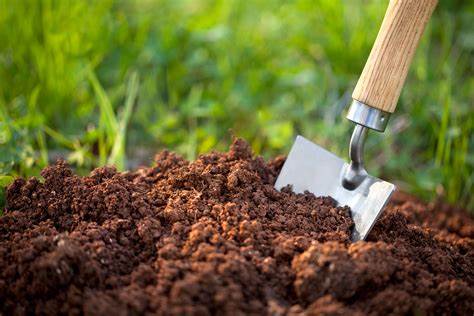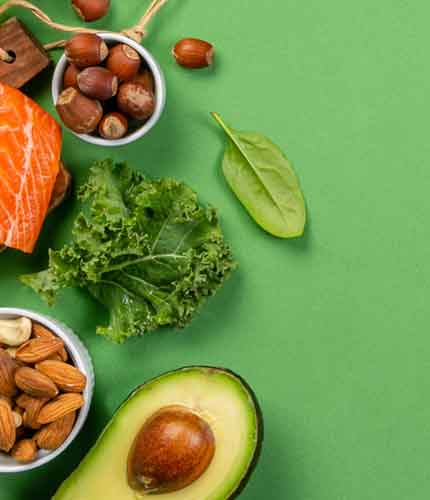Currently Empty: ₹0.00

Soil & nutrients is often neglected part in Gardening. Soil provides nutrients aeration and support to the plant. So, If you love your garden and love to see it healthy & green, then you cannot ignore to look at soil. You must know more about soil types, soil mixes, nutrients.
In this write up we will share soil types, texture, and properties of soil.
Soil texture and to large extent soil properties and nutrient value, depend on composition of soil elements and its percentages in the soil mix. Soil is made up of sand, slit, clay and organic matter. For any soil to be fertile organic matter must be 10%. The soil apart from organic matter, having 30% clay, 40% silt and 30% sand is considered best mix for most plants (except some succulents).

Although we know it technically, you may wonder how can I determine the soil content? It is very easy & simple method, by filling a jar with your soil. Fill the jar halfway with your soil sample. Fill it with water for remaining half portion leave about 1” for air. Attach lid. Shake vigorously till all the clumps are broken down. (Some soils will need to stir with stirrer or spatula to break lumps). Set the jar aside for 24 hours when top water is clear, and all layers appears distinctly different. Measure layer heights by measuring tape. Sand goes at the bottom being heaviest, silt is in middle, dark layer of clay at top below water, while organic matter being lightest is at the top of water. Just determine percentages of height occupied by each layer.

It is very difficult to change soil structure in the farm. But in household pots you can change soil structure & texture by adding required type. The bottom layer in the Jar is mostly sand and it does not provide nutrients. The top layer above water is organic matter and it is important. It absorbs and stores plant nutrients. It also helps to retain water. Well decomposed organic matter contains soil organisms. The organisms break down organic matter to minute size which can be taken up by plants.

Clayed soil
If soil has more than 30% of clay, it does not drain quickly. It does not have organic matter, and get compacted very fast. Such soil does not allow oxygen to pass through to reach root zone.
Most vegetables & flower plants do not have strong root system that can penetrate through clayey layer and they tend to die due to root rot.If your soil is clayey, it must be amended.You will think adding only sand will correct the soil but it acts opposite and tends to become hard like concrete. Adding sand also helps, but balance it with compost. So for amendment use compost, manure, peat moss, cocopeat, humus, dry leaf matter or organic matter. It makes soil lighter, and changes composition.

Loamy soils
It is mixture of sand, soil, silt. It also contains organic matter humus and is therefore considered best for plant growth. Loamy soils helps moisture drain fast as well as sufficient moisture. This type of soil also maintains proper aeration and root zone receives sufficient air and grow well. Flowers, vegetable crops grow well in loamy soil.
However you may not get perfect loamy soil for your plants so we help you with all necessary items which you use as additive to you soil. We encourage you to do some experiments with your plant and type of additives you choose. Make your own fine judgement and be your own designer for type of soil for your plants.

Sandy soil
Sandy soil is made up of greater portion of big particles of sand. There are large spaces between them . therefore water retention is very low in these soils as it passes through quickly. These soils are well aerated and dry. So if you find your soil is predominantly sandy, you need to work on improving soil texture so that it is able to retain moisture & to improve nutrients. You need to add on well composted manure, grass clippings, humus, biochar, or dry leafy organic matter into your soil and ensure that organic matter is at least 15% of soil composition. Addition of cocopeat is best solution, it gives all the required properties like moisture retention, nutrient retention, and also adds to organic carbon.
For some root crops like carrots, potatoes, radishes; soil properties towards sandy soil (with addition of organic material) works good. Loose sandy soil helps to grow root crops healthy.

